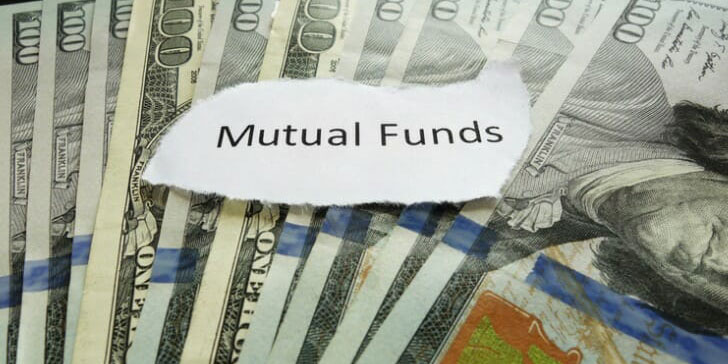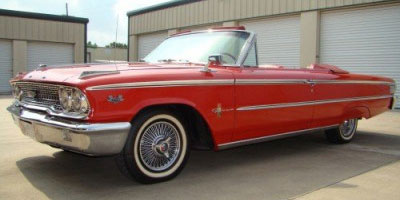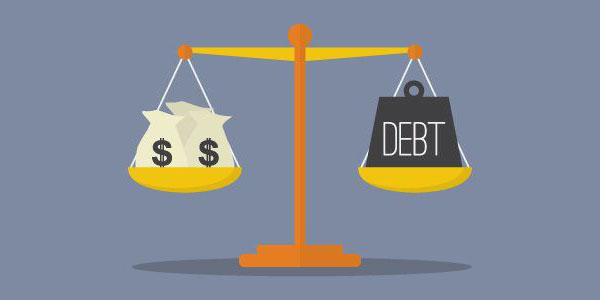Stated Value Car Insurance
Feb 08, 2024 By Triston Martin
When determining the appropriate price for a car, the chance of it being involved in an accident that results in a complete loss should be your major worry. How much would your insurance company pay you for your vintage vehicle if you filed a claim for it? The solution can be buried deep inside the small language of the policy. Your vehicle's insurance premium is based partly on its claimed worth to the insurance company. In a way, it is the value you can pay to insure your vintage automobile, which is often much lower than the car's actual worth.
Take, for instance, the scenario where you receive a Maserati Quattroporte from a grandfather but cannot pay the monthly insurance charges of $400 due to financial constraints. In order to bring your regular payments down to a more manageable level for your budget, you may choose to consider purchasing an insurance policy with a specified value that pays out just a fraction of the total worth of the vehicle in the event of an accident or claim.
How Stated Value Car Insurance Works
Stated value insurance is intended to assist car owners whose vehicles have a value far greater than what they are able to pay for insurance. An insurance policy with a stated value does not guarantee that the insurance provider will pay out the specified amount in the event of a complete loss. The insurance policy will be written to allow the insurance company to pay either the specified value or the value that the item had (at the time of the accident), whichever is lower.
The expense of insuring the automobile that was evaluated at $500,000 and was given to you by your grandfather would be significant. In this scenario, you might set its claimed worth at $60,000 to still have access to reasonably priced protection in the event of very small damage. It's not like you bought the car with your own money for half a million dollars, so sixty thousand dollars seems like a fair price. In the end, if there is a complete loss, your stated value insurance does not ensure that it will pay you the entire $60,000 in compensation. Your claims adjuster would still assess how much you would be paid by comparing the advertised value with the real cost value, but at least you would have the peace of mind of knowing that you have some coverage if you need it.

Stated Value vs Agreed Value
However, stated value insurance and agreed value insurance are not the same things, even though this frequent misconception persists. Agreed value insurance requires you and your insurer to reach a consensus on the value of your car, which is often at or very near to the actual value of the vehicle. In contrast to insurance with stated value, there is no "actual cash value" clause provision. Even depreciation won't be enough to modify the value that was agreed upon. If you want the most protection possible, you should get agreed-value insurance instead of a stated-value policy; nevertheless, the cost will be much higher.
Pros and Cons of Stated Value Car Insurance
Pros
- Premiums are less expensive: Compared to an agreed-value policy, this coverage for Car Insurance has lower out-of-pocket costs.
- Available from most of the main insurance providers: Stated value auto insurance is an endorsement that may be added to a standard auto insurance policy.
- Will not suffer a total loss in the worth of the automobile: At the very least, it will ensure that you get compensated for some of the damage you incurred.

Cons
- Will not repay full value: It does not cover the whole worth of the car in its entirety.
- Amount not guaranteed to be paid: The real cash value may be lower than the listed value at the time of the accident, in which case it will pay out less than the declared value.
- It's possible to be confused: It is also simple to get it mixed up with other forms of coverage, such as agreed value, which can leave you frustrated when filing a claim.
- The purpose of stated value insurance is to lower your premiums rather than to extend your coverage. When it comes to insuring your historic car, be sure to keep this in mind. Talk to an experienced insurance agent who can guide you through the process of choosing the policies that best meet your needs. It's not like you bought the car with your own money for half a million dollars, so sixty thousand dollars seems like a fair price.

Form 2439 Explained: Navigating Undistributed Long-Term Capital Gains

Top 7 PayPal Alternatives in 2022

Avoid Lump-Sum Distributions

Review of the SunTrust Prime Rewards Credit Card

Marqeta’s Processing Volume Hits $71 Billion

Review of the Starbucks Rewards Visa Card for 2022

When Should I Refinance My Auto Loan?

Everything About: Investing in a "Turnkey" Property

Stated Value Car Insurance

